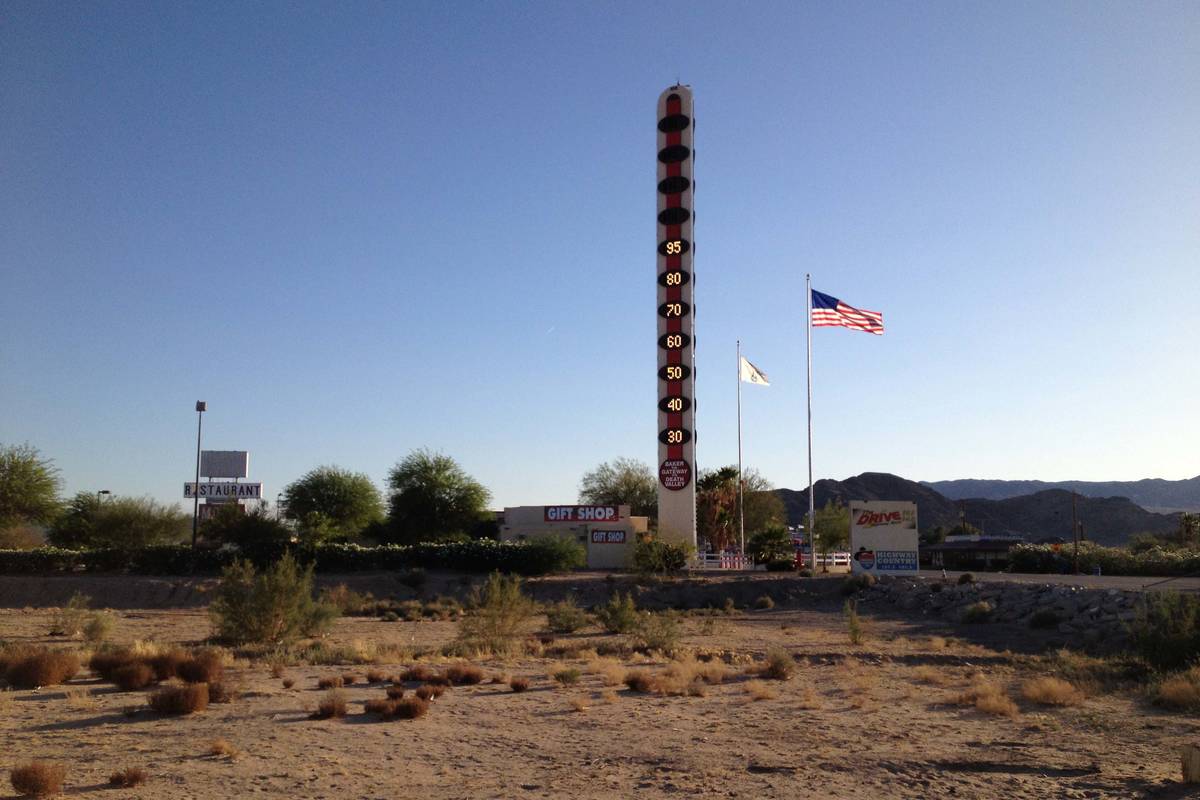LETTER: Las Vegas heat, growth and modern innovations
When high temperature records were set in Nevada in the 1930s and 1940s, the valley was mostly desert soil and vegetation. Now the valley is filled with houses, streets and other temperature-rising factors.
1. Heat absorbed in roads, sidewalks, roof tile, stucco, patios, block walls and decorative rock materials during the day is released back into the air when the sun sets, raising nighttime lows.
2. Most of the electrical energy (millions of kilowatt hours) used to cool houses and building is converted into heat that’s transferred into the air by the air conditioners.
3. Heat from fuel (millions of gallons) burned in vehicles is transferred into the air by hot motors, radiators and exhaust systems of the tens of thousands of vehicles traveling the roadways.
All of these heat-producing factors will raise daytime temperatures.






















